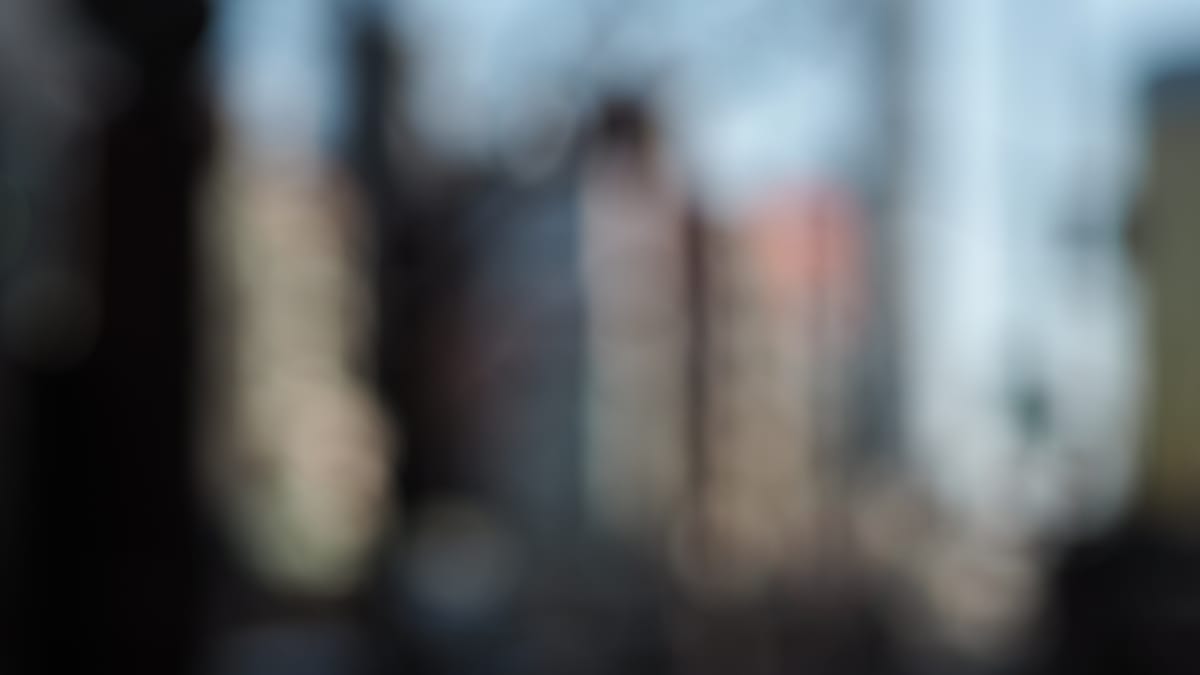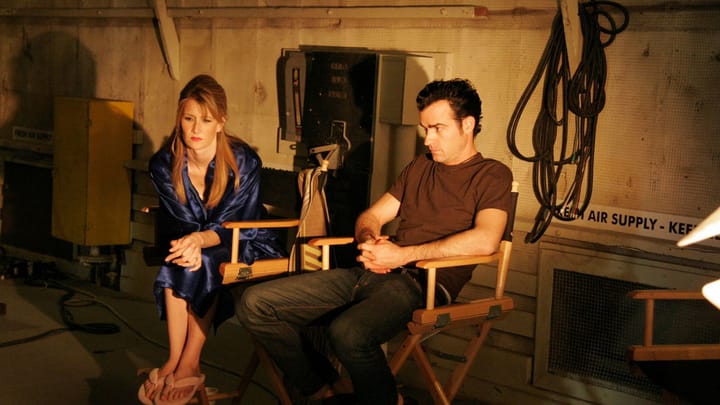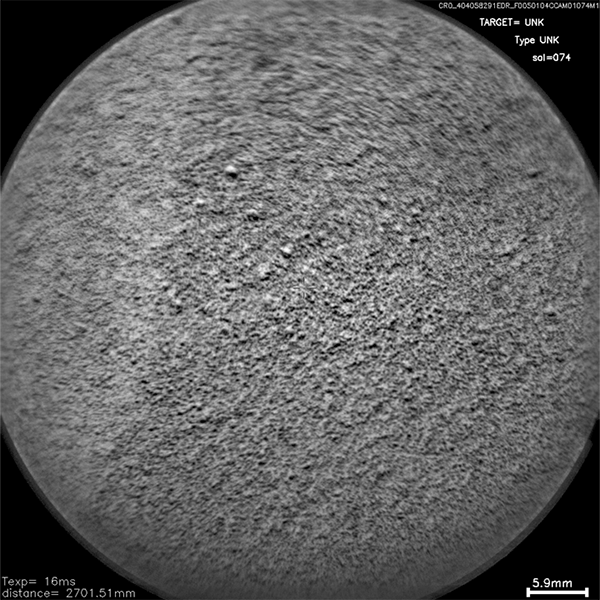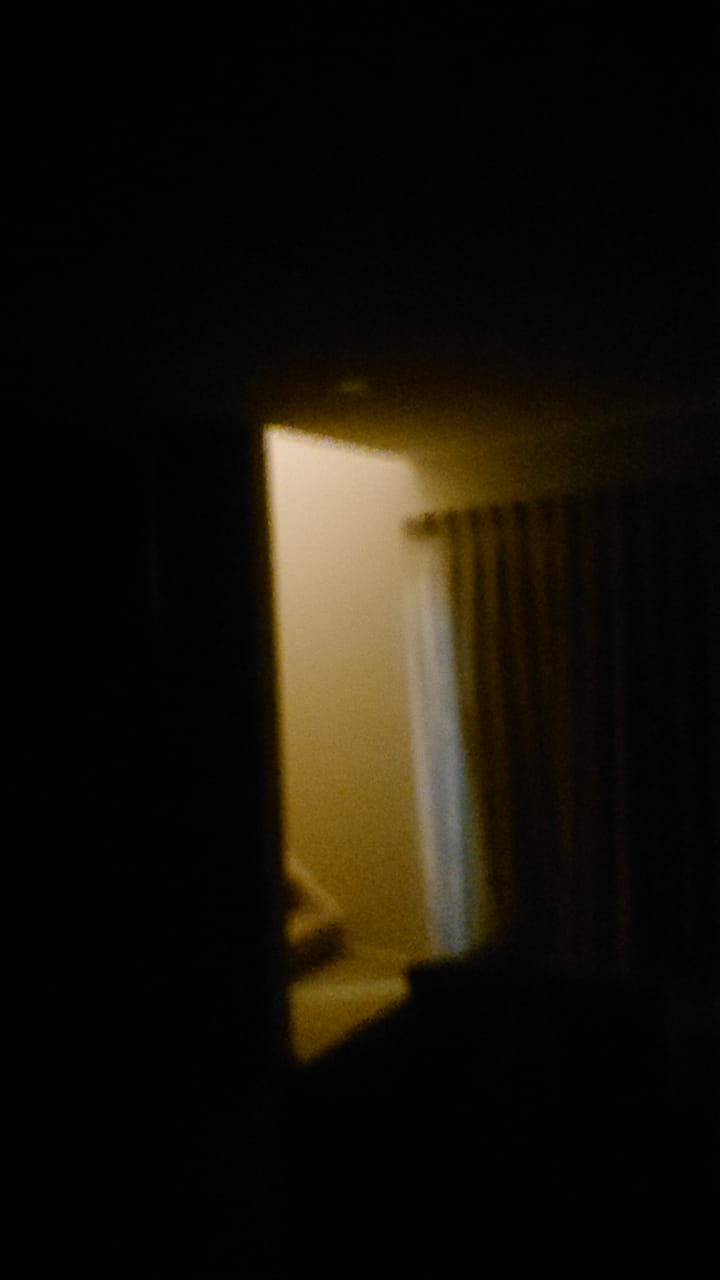③ Enduring Dreams: a note on cinematic time

AFTER NATURALISATION: CINEMATIC TIME AS RULING METAPHOR
How to get around this? how to get around the cinematograph perfectly representing a continuous motion? It’s possible to point out the paradox, no next one, always a next, or to translate Zeno’s paradoxes for the moving image, and peg time back onto space. The moving image is composed of moving images comprising further moving images and can be put together to unroll continuously without ever reaching an endpoint but this, I would say, is the ruling metaphor for time as commonly understood.
It’s why the Big Bang, a time before time, and the Big Crunch, a time after, are so hard to think. This view has gained currency like the spatial imagery, that Bergson points to, inhabiting and haunting language. It has become part of our language.
Time unrolls for us. It rolls out ahead of us and out behind us. In one direction time is no longer accessible to us. In the other it is not yet, not quite here. Here bears the full weight of the present.
Here where each of us is is the now we might like to be more mindful of and to appreciate, rather than living in anticipation of the future or yet unable to free ourselves of the past and our memories. The now has the duration of a point in time. Its stretching out ahead and behind is in the form of a line that we can mark out further points on, things that are possible in the future and things that happened in the past.
To be here in the now is not to return to the physical spatial nowness of the natural order. It has been since the invention of the means to reproduce and replay moving images to be among those images, watching old movies or events on screen that are either as close to the present as technically available or belong to the past. It is to live in screentime, cinematic time and to be in some measure free of the physical continuum that for Zeno constituted the only one.
Events that are simultaneous with us we tend to consider part of the present, to be live. These events are like the simultaneous measurements of the clocks in the two clocks thought experiment. The idea of reproduction is reserved for the fabrication of events that are produced. Their production, the production of their imagery, constitutes for us, just as it did for Russell, their reproduction.
The role of time is to enable the endless and continuous succession of changes. We can replay this as energetics or use it, whether reconciling ourselves to it or not, to measure the lengths of time relative to birth and death. The role of time is not creative as it is for Bergson.
The role of the now is not in duration. The past, present and future exist in terms ideally measurable so that in the now we know where we are. The now is not able, as it is for Bergson, to be reeled up into knowledge or otherwise rolled out into action. Nothing sticks to time as it does for duration. Sticking would be a quality of duration not a quantity of time, where everything slides against a continuum, like the imagery that slips across the screen, in a film of imagery.


